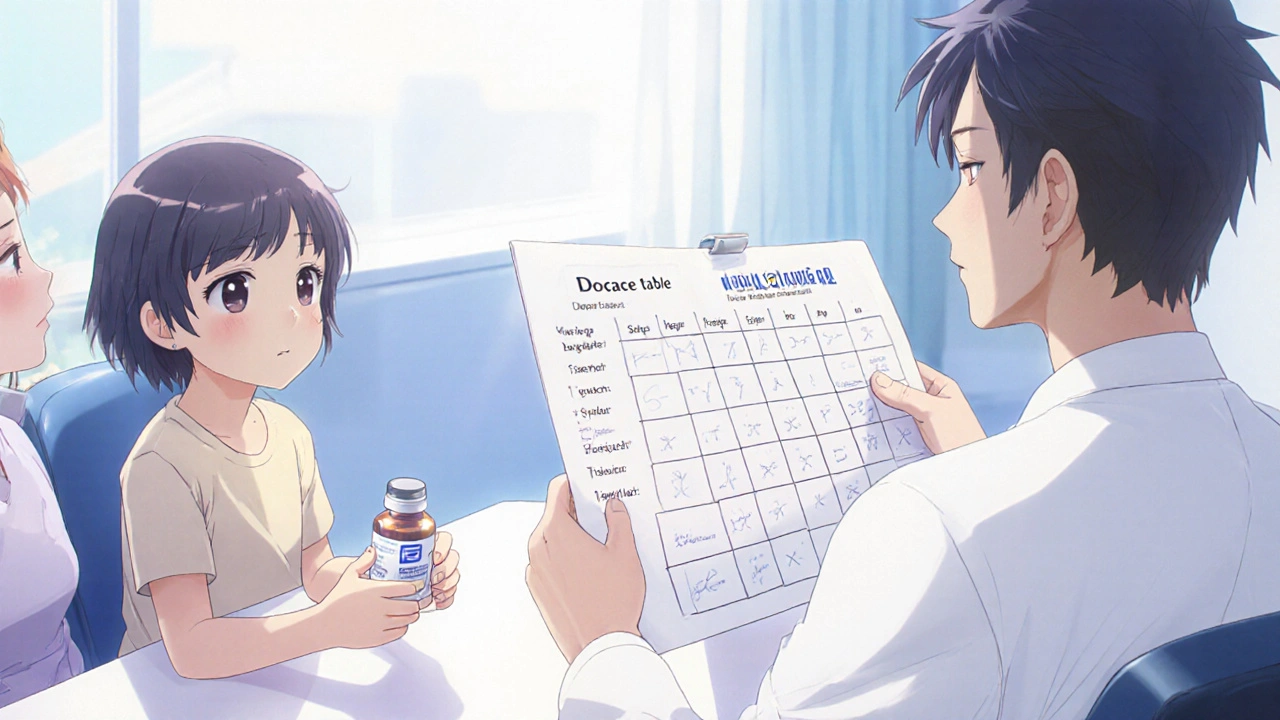Dapsone Indications: Uses, Alternatives, and What You Need to Know
When doctors prescribe dapsone, an antibiotic and anti-inflammatory drug used primarily for chronic skin and infectious conditions. Also known as 4,4'-diaminodiphenyl sulfone, it’s not your typical antibiotic—it works differently, targets specific bugs, and has uses you might not expect. You’ll find it in prescriptions for leprosy, a disease that still affects thousands worldwide, especially in parts of Asia, Africa, and Latin America. But it’s also a go-to for dermatitis herpetiformis, a stubborn, itchy skin condition linked to gluten intolerance, where it reduces blisters and itching faster than most topical treatments.
Dapsone doesn’t just kill bacteria—it also calms down the immune system’s overreaction in the skin. That’s why it’s used off-label for other inflammatory conditions like chronic bullous dermatosis, a rare autoimmune blistering disease, and sometimes even for preventing pneumonia in people with weak immune systems. It’s not first-line for every infection, but when standard antibiotics fail or cause side effects, dapsone often steps in. It’s cheaper than many newer drugs, works well with other meds, and has been around since the 1940s—so doctors know how to use it safely.
But it’s not without risks. Blood problems like anemia or methemoglobinemia can happen, especially in people with G6PD deficiency. That’s why blood tests are often needed before and during treatment. It’s also not something you take casually—dosing is precise, and stopping suddenly can cause problems. You’ll often see it paired with other drugs like rifampin or clofazimine in leprosy regimens to prevent resistance.
What you’ll find in the posts below isn’t just a list of uses. You’ll see real comparisons: how dapsone stacks up against sulfonamides for skin infections, why it’s still used despite newer options, and how patients manage side effects long-term. There are also posts on similar drugs like dapoxetine (which is for premature ejaculation, not the same thing) and how to tell them apart. You’ll get clarity on when dapsone is the best choice, when it’s not, and what alternatives exist—without the hype or jargon.


